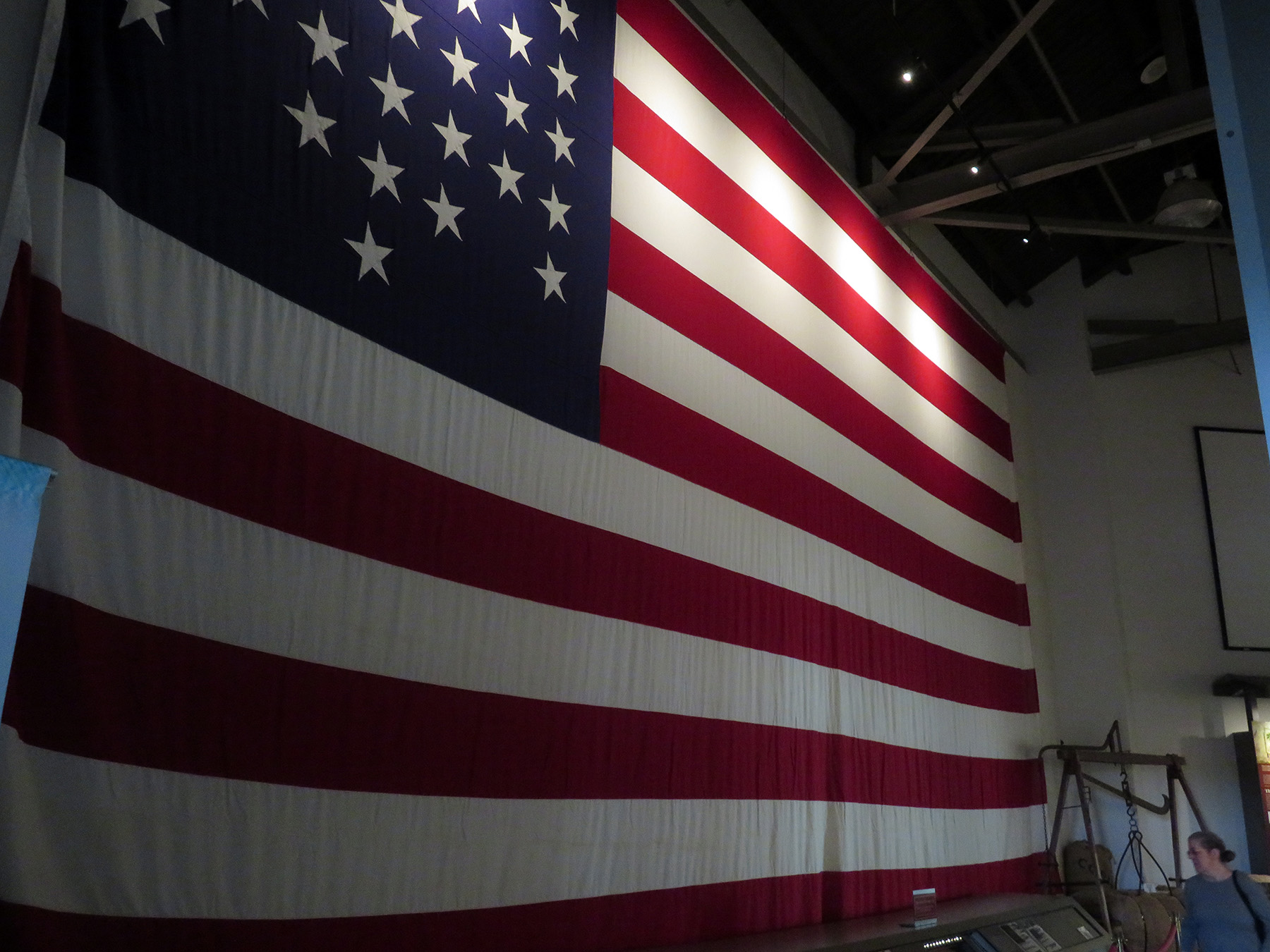“What are the chances…” was the beginning of a sentence that cropped up with astonishing frequency this week.
“What are the chances, seriously, that more people voted for Walker than the Rev. Warnock?” was me fretting half-way through the evening when election statistics had the former ahead of the latter for a short amount of time. Still in disbelief after all these years in this country that it could even come close. The good guy won, eventually, but the margins were too close for comfort.

***
“What are the chances that Sinema leaves the Democratic Party before Manchin?” High, it turns out. Her voting behavior cost us higher minimum wage, extended child tax credits, and voting rights protections. Seems there is little variability in her moral compass – it’s stuck on amoral.
***
“What are the chances, that I would find myself in any way connected to one of the right wing extremists arrested in Germany during a nationwide raid this week?” Low, really an outlier. 25 people (with more assumed to be associated) are accused of plotting a coup to overthrow the state with armed attacks, former members of congress and military and ex-military para-trooper members among them. Many are now in pre-trial detention, suspected of forming a terrorist organization. The defendants are closely linked with the Reichsbürger movement, who believe that the 1871 borders of the German empire are still in effect, tend to be far-right extremist, do not accept the legality of the Federal Republic of Germany, and, according to the prosecutor, “followed a conglomerate of conspiracy myths consisting of narratives of the so-called ‘Reichsbürger’ as well as QAnon ideology.”

New “head of state” was supposed to be Heinrich VIII Prince Reuss, a 71 year-old of aristocratic lineage, and one of the purported ring leaders. Here’s where six degrees of separation makes an appearance, however: as an 18-year old I was invited to visit a branch of the Reuss family for Easter. For the life of me, I can’t remember why I scored the invitation or why I accepted it (certainly no romantic involvement) from Heinrich IX Prince Reuss (must have been a cousin), they all get the same name, just numbered in succession…

We drove south in a car from Hamburg to his parents’ castle (literally) near Frankfurt. Arriving too late for dinner, we were led to our rooms. I appeared, starving, the next morning, Good Friday, in the breakfast hall. The horror! I was not dressed head-to-toe in black, mourning garb required for this Holy Day, apparently, in arch-conservative households. Back to your room, have the maid rummage for a fitting outfit! Well, it was off to a train station for me.


***
“What are the chances“, I thought, when following the complicated Supreme Court hearings about the Independent State Legislative (ISL) theory on Wednesday, “that I’ll be able to write about that in ways that get the legal details and importance of the Moore vs Harper case across?” Slim, as it turns out, even with the example of an iceberg….

In a nutshell, the case is about extreme gerrymandering, the possibilities (or not) of stopping excesses, and, more generally, the power of state courts and/or legislative bodies to shape aspects of federal elections. SCOTUS heard plaintiffs’ arguments that under the Elections Clause of the U.S. Constitution, state legislatures retain exclusive power over federal redistricting and election rules, while state constitutions, state courts, governors, or voter-approved ballot measures have no power to check, balance or even review those laws. Yup. -. It is, as legal observer and author Elie Mystal pointed out, all about trying to take power away from non-partisan state actors and putting it solely into the hands of partisan state actors.
That’s as far as I can go – the rest of the arguments, delivered in detail, clarity and with focus on the implications to what remains of our democracy, can be found in VOX, the Atlantic, Mother Jones, the NYT, and the National Review. Take your pick – any one but the last helped my understanding of the matter.

And since we’ve landed on the topic of relative probabilities, we might as well end the week with my favorite poem about Statistics. Chances are, you’ll like it, on average.
A Word on Statistics
Out of every hundred people, those who always know better: fifty-two.
Unsure of every step: almost all the rest.
Ready to help,
if it doesn’t take long: forty-nine.
Always good,
because they cannot be otherwise: four — well, maybe five.
Able to admire without envy: eighteen.
Led to error
by youth (which passes): sixty, plus or minus.
Those not to be messed with: four-and-forty.
Living in constant fear
of someone or something: seventy-seven.
Capable of happiness: twenty-some-odd at most.
Harmless alone,
turning savage in crowds: more than half, for sure.
Cruel
when forced by circumstances: it’s better not to know,
not even approximately.
Wise in hindsight: not many more
than wise in foresight.
Getting nothing out of life except things: thirty
(though I would like to be wrong).
Balled up in pain
and without a flashlight in the dark: eighty-three, sooner or later.
Those who are just: quite a few, thirty-five.
But if it takes effort to understand: three.
Worthy of empathy: ninety-nine.
Mortal:
one hundred out of one hundred — a figure that has never varied yet.
BY WISŁAWA SZYMBORSKA from Miracle Fair. Translated by Joanna Trzeciak.
***
Photos today from Frankfurt and environs, in honor of another weird episode in the life of Heuer, filed under Frequency Distribution.
Statistics? No Problem. (Sorry for the annoying ads interrupting today’s music, could not find an alternative.)

Chances that this photograph relates to today’s text? Nil. I just love it, the matching colors, the symmetry and patterns of vertical lines, the contrast of work boots and fur jacket, this stranger’s strutting towards the center of the gate posts in completely empty space. It happened to be shot near Frankfurt.




















